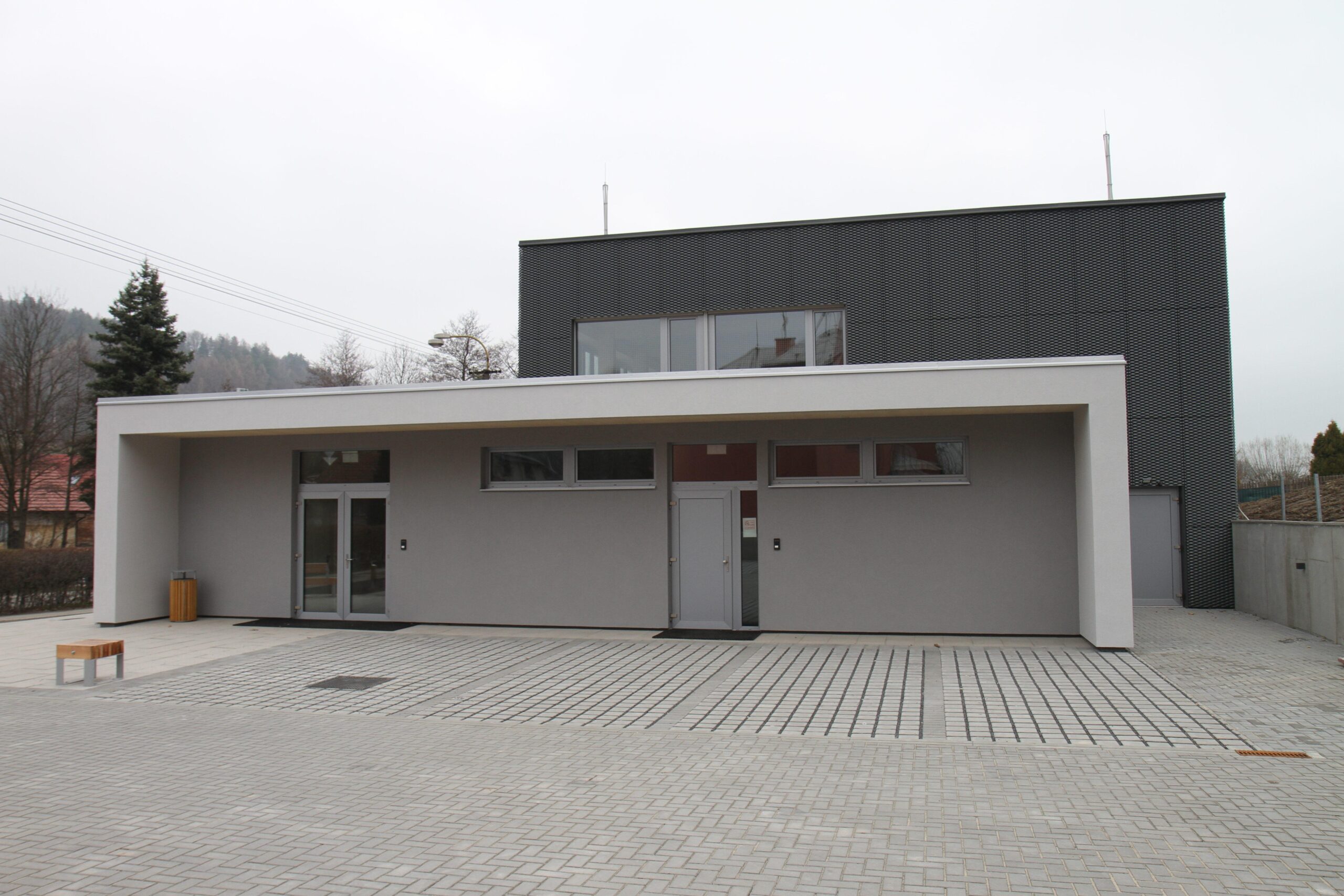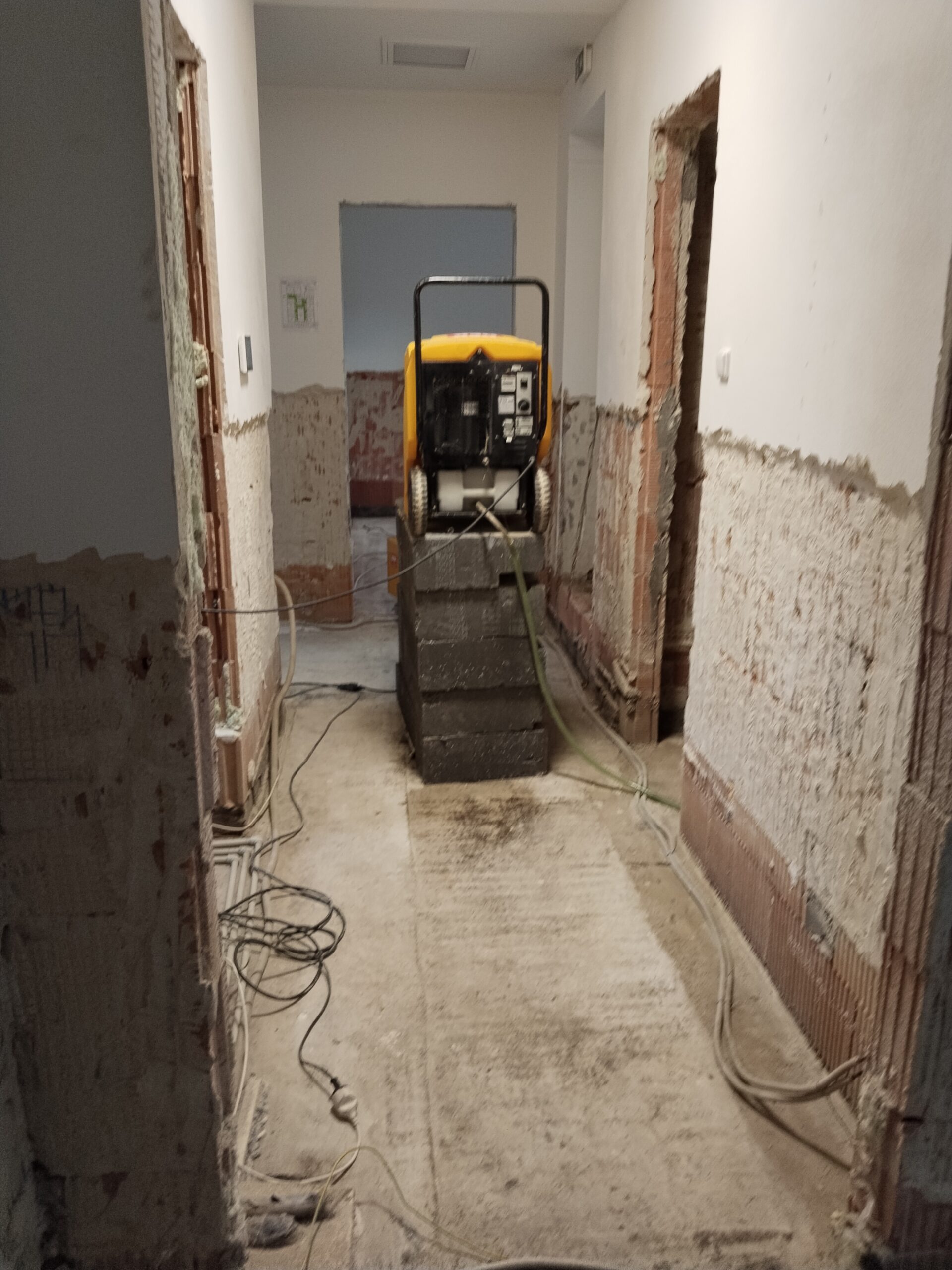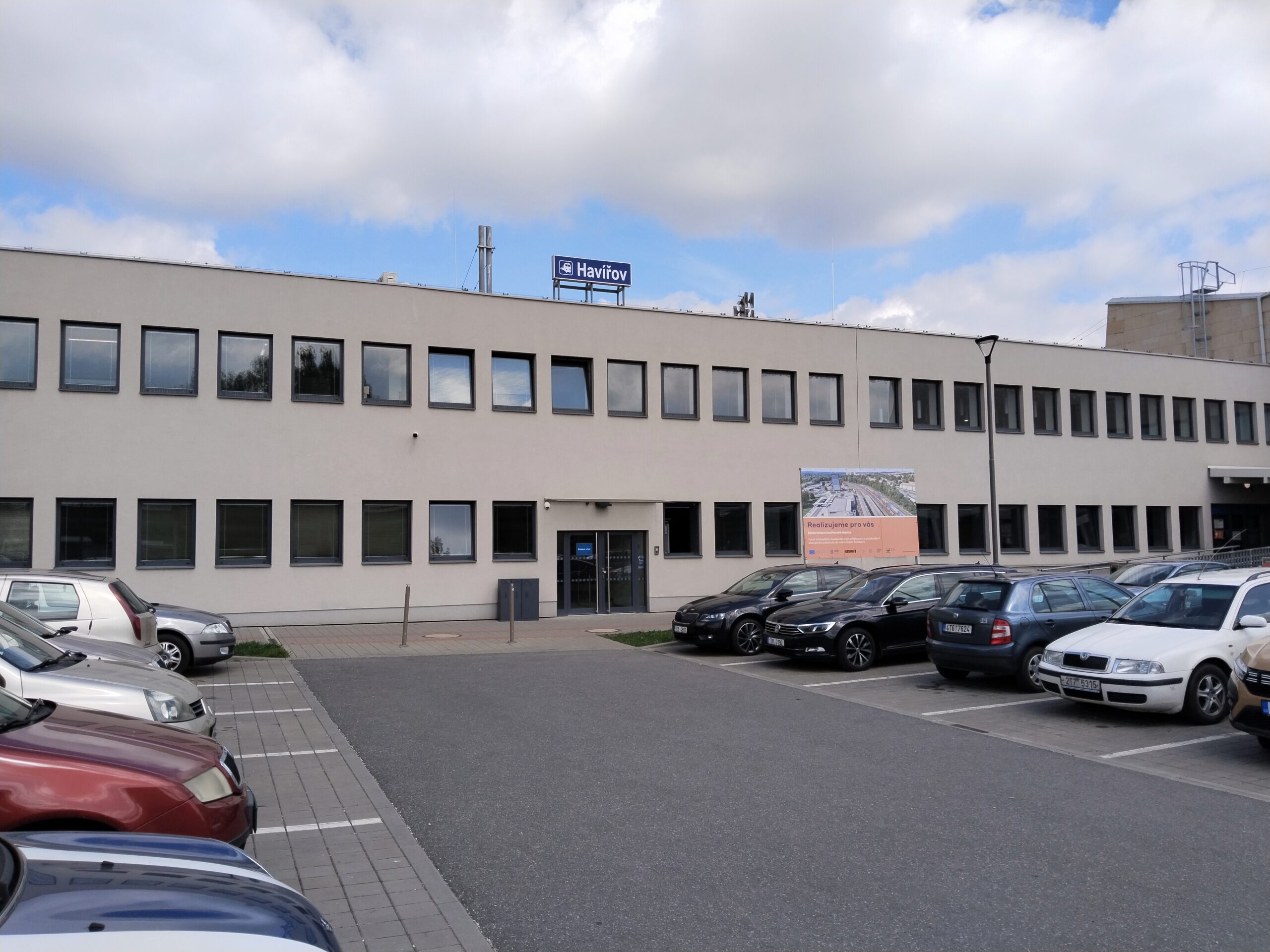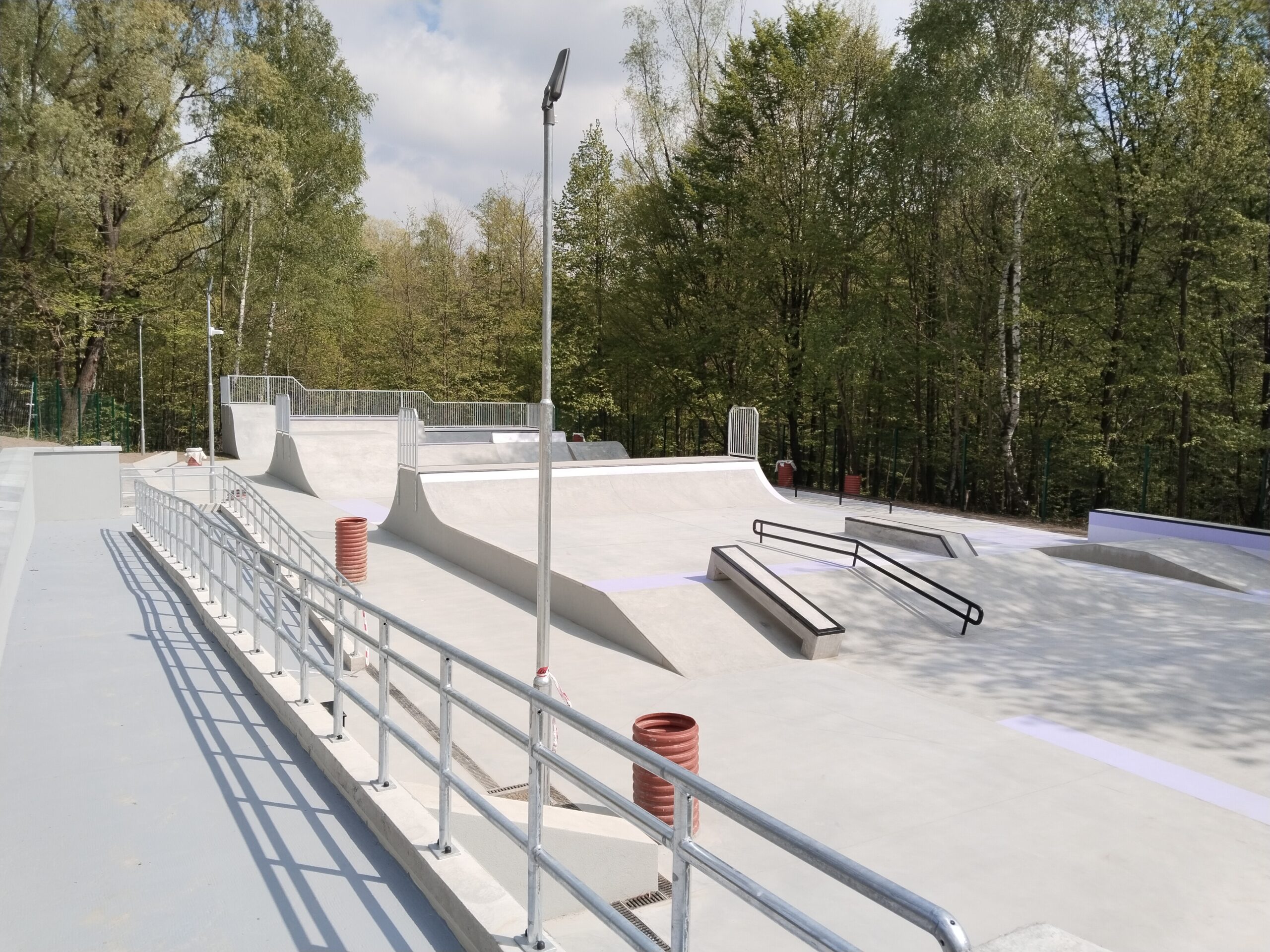Calculations of acoustic properties
Calculations of the acoustic properties of halls, rooms and recording studios are among the most important activities for achieving an optimal sound environment. They include analysis of uniform sound distribution, reflection and absorption to minimize resonance and echoes. These calculations are made with respect to the use of the space and the desired sound character, using special software tools and measurement techniques.

Here are general examples of such projects:
Analysis of spatial characteristics:
The first step is a thorough analysis of the spatial characteristics of the space. This includes the dimensions of the room, the materials used for the walls, ceiling and floor, the geometry of the room and the presence of obstacles such as seats, columns or equipment.
Determine the required acoustic properties:
Based on the function of the space, the required acoustic properties are determined. For example, a concert hall may require a long reverberation time, while for a recording studio the lowest possible level of reflections and a more natural sound are desired.
Modelling and simulation:
Computer acoustic modelling programs are used to create virtual models of the space. These models allow the propagation of sound in a space to be simulated and its acoustic properties to be predicted based on various factors such as loudspeaker placement, absorption materials and surface treatments.
Optimization of acoustic properties:
Based on the simulation results, the acoustic properties of the space are optimised. This can include changes in surface materials, adjustments to room geometry, adding acoustic panels or using technologies to actively influence the acoustics, such as variable acoustic panels.
Inspection and measurement in a real environment:
Once the design is complete, the acoustic performance is checked and measured in the real environment. This includes measuring reverberation time, uniformity of sound distribution in the room, reflection levels and other parameters.
Fine-tuning and final adjustments:
Based on the measurement results, any fine-tuning and final adjustments are made to the room to achieve the desired acoustic properties.
Do you want more information or a DIRECT inquiry?
Implementation
Here you can take a look at our portfolio to explore the projects we have successfully completed in recent years. Take a look at our work and get inspiration for your own projects.
news
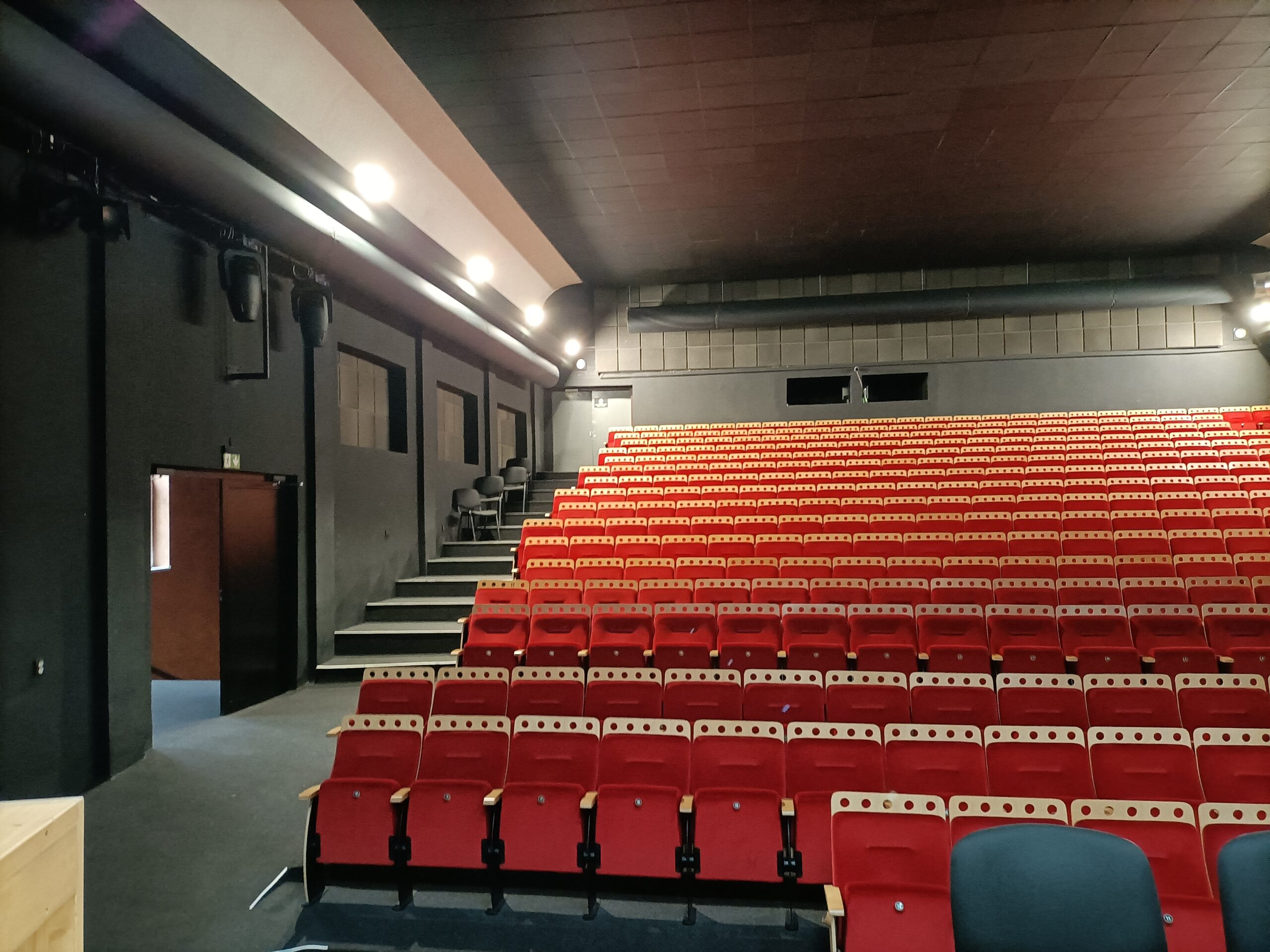
The main benefits of modern air conditioning in cultural centers
1. Comfort for visitors and performers Many people move around theaters, cinemas, and cultural centers during performances. Modern ventilation systems …
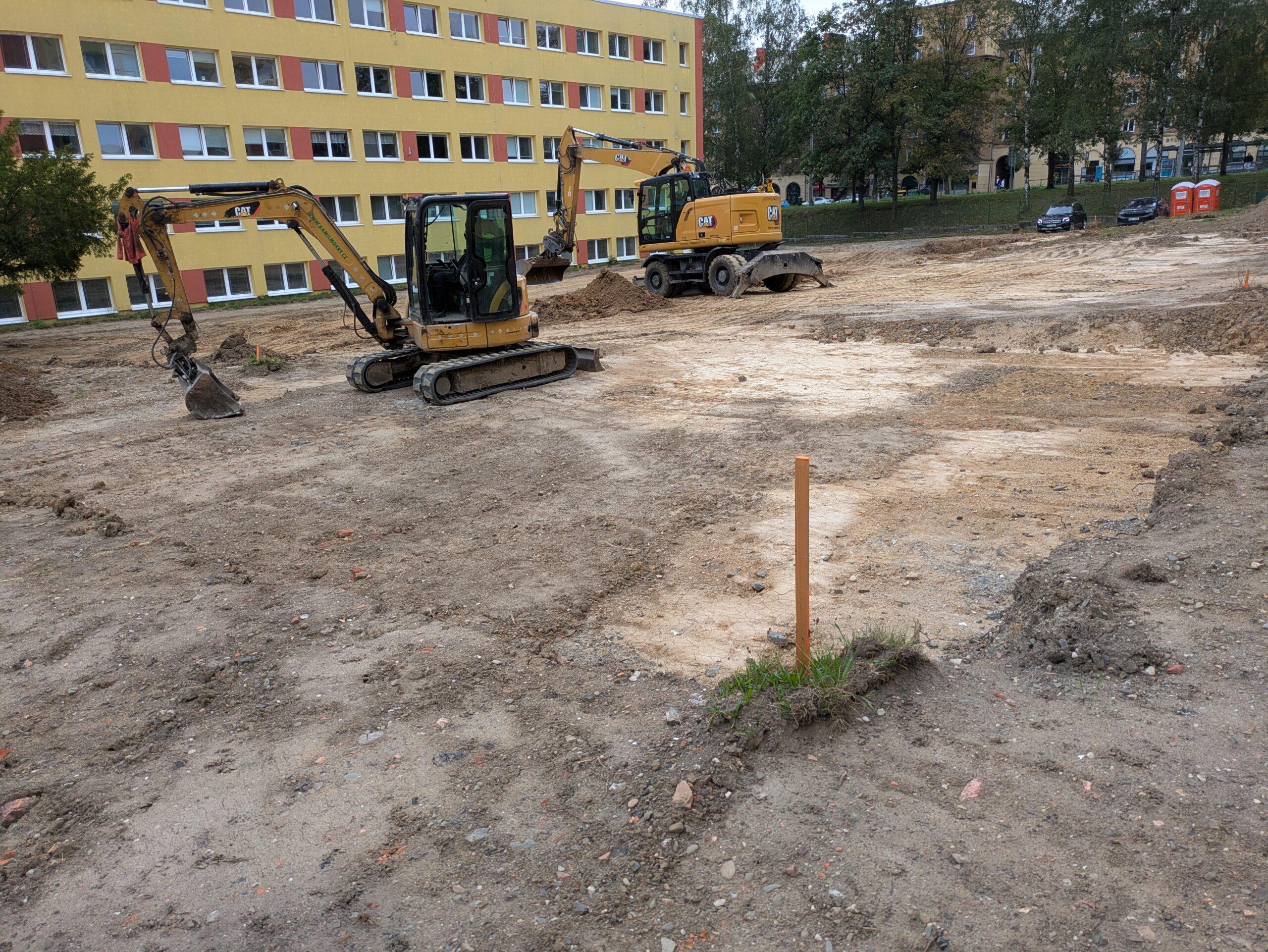
We are starting construction of a new playground at Prof. Matějček Secondary School in Ostrava-Poruba
Our company TECHARTSTAV has begun work on a project to build a modern multi-purpose sports field at the Professor Matějček …
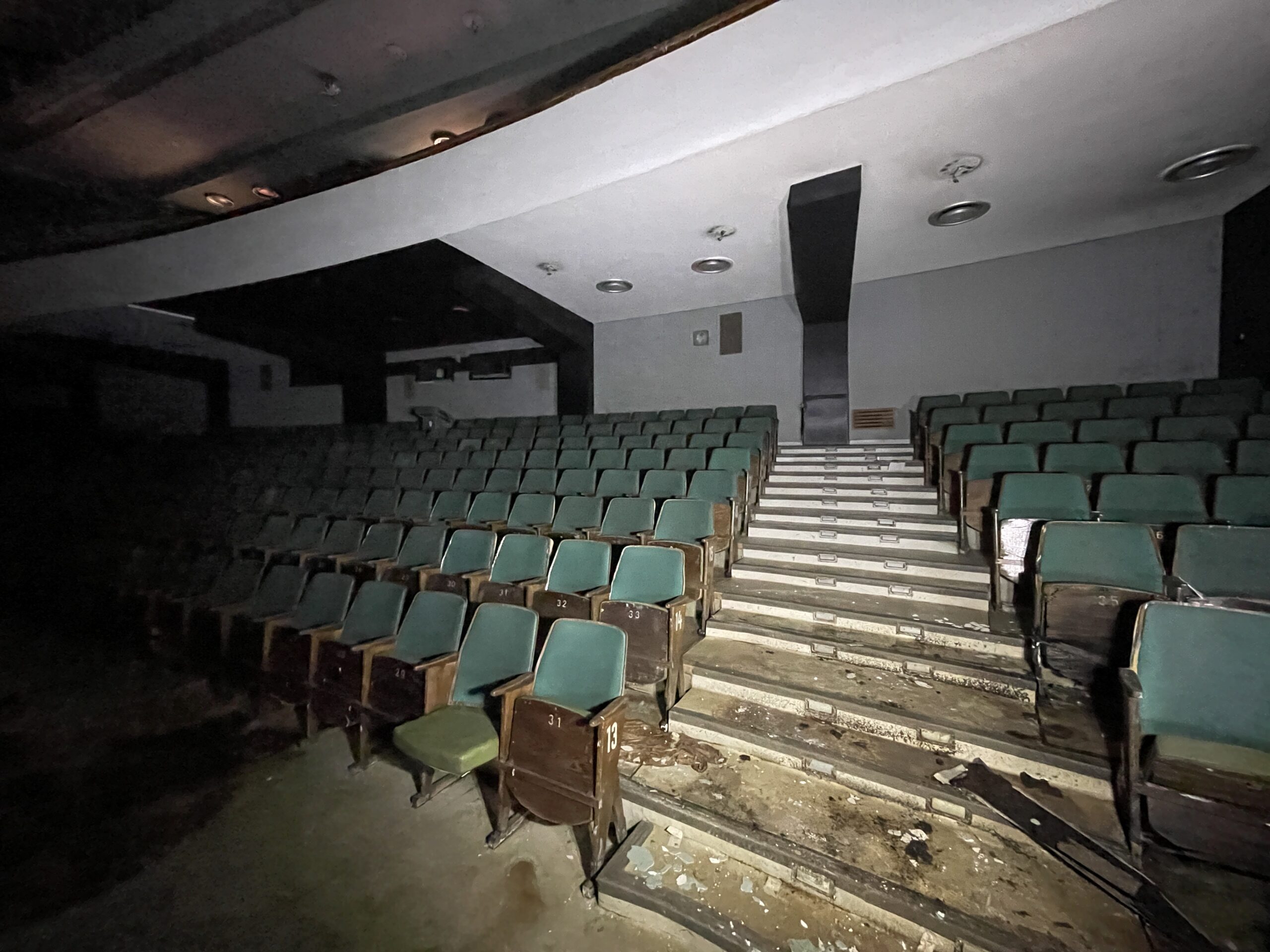
Odeon Theater in Hrabůvka – We have begun renovation work
Our company TECHARTSTAV, a long-standing partner for the reconstruction and modernization of important buildings of the Mír Theater, is proud …


